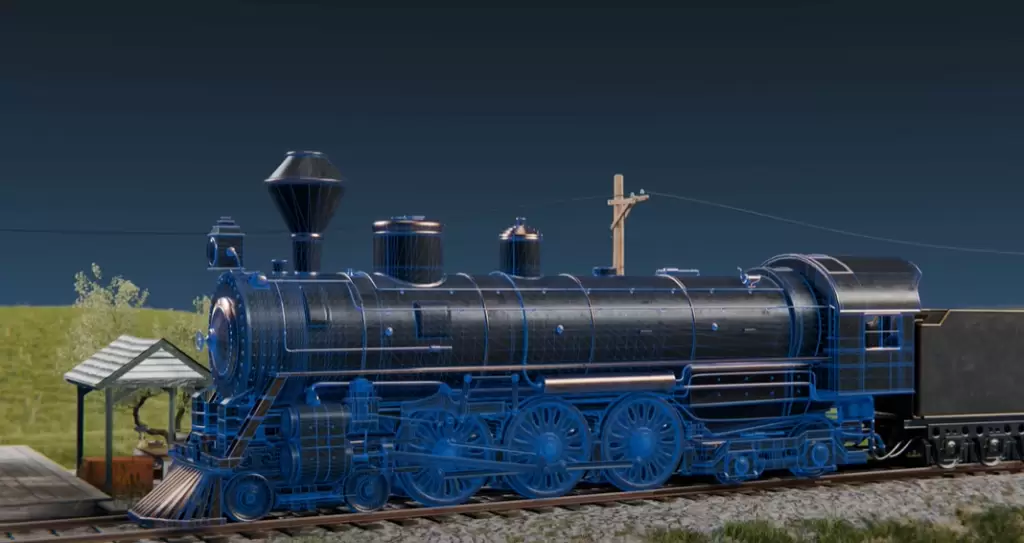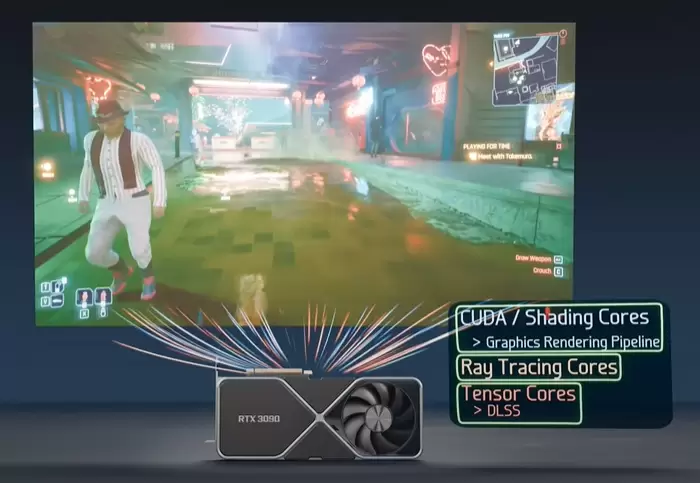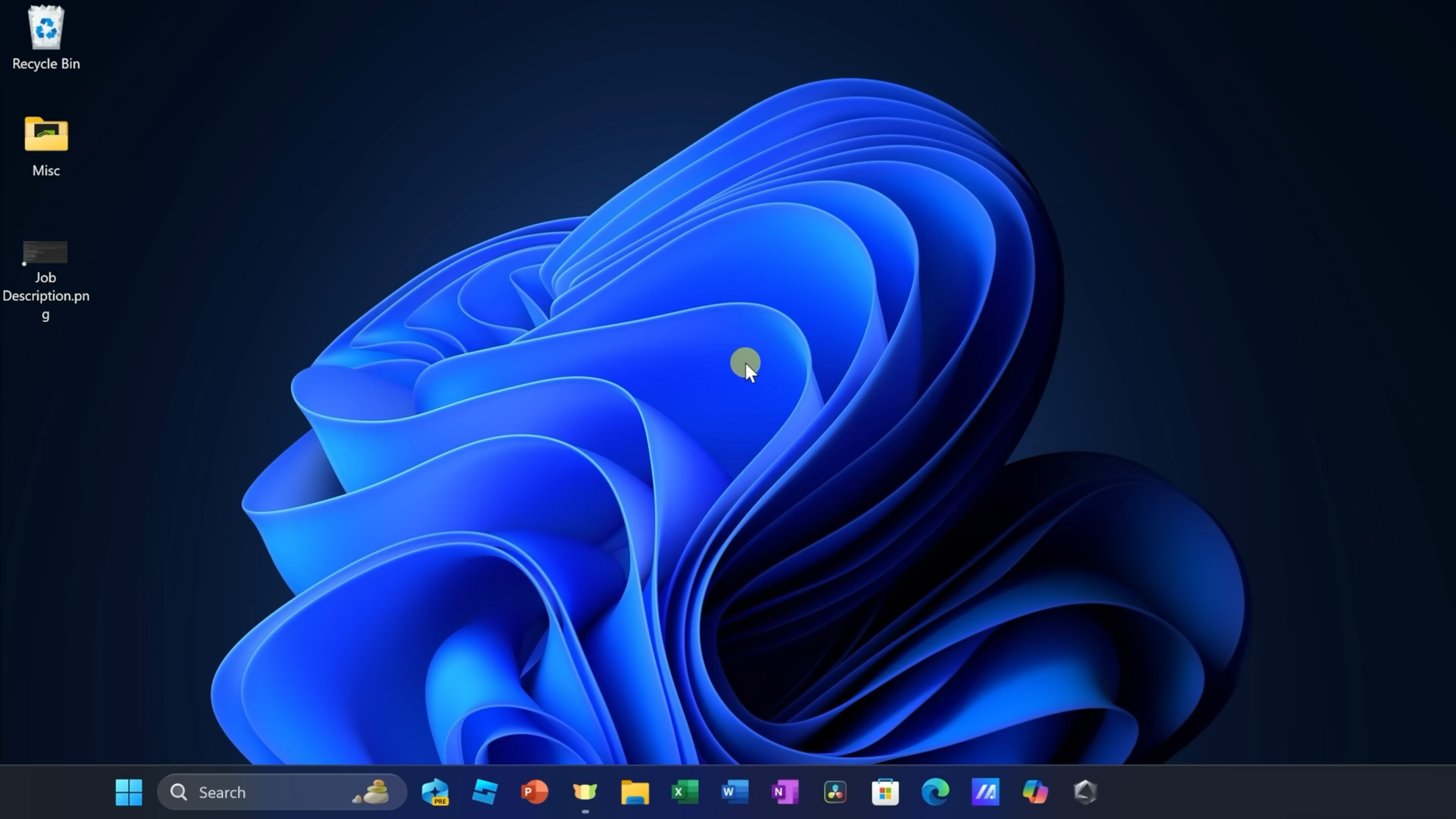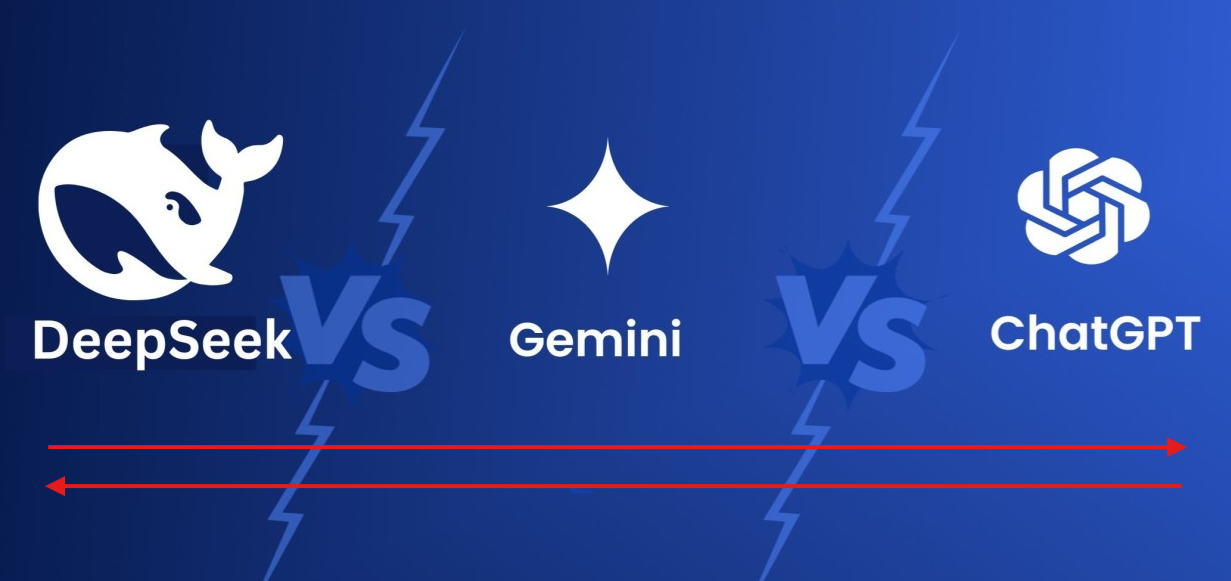Video games today have evolved to showcase breathtaking visuals capable of immersing players in fantastical worlds, realistic cities, and intense battlegrounds. Consider a scene from Red Dead Redemption 2, where an old western train station and locomotive come to life. This intricate environment is built from 2.1 million vertices forming 3.5 million triangles, all illuminated by a virtual sun. The textures and surfaces are assigned 976 colors and materials. But how do these stunning visuals come from a continuous stream of ones and zeros processed by your computer’s graphics card or console? Let’s delve into the fascinating process behind 3D graphics rendering.

The Video Game Graphics Rendering Pipeline
The rendering process in video games relies on three fundamental steps: vertex shading, rasterization, and fragment shading. Although modern games use additional techniques, these core steps have remained pivotal for decades, forming the backbone of rendering algorithms.
Step 1: Vertex Shading
In vertex shading, 3D objects are transformed into a 2D view for display. This step involves calculating how a camera’s field of view positions objects on a 2D plane. Let’s break down the process:
- Model to World Space Transformation: Each object’s vertices, defined in model space, are moved to world space using transformations based on position, scale, and rotation.
- World to Camera Space Transformation: The world-space vertices are adjusted based on the camera’s position and orientation.
- Projection onto the View Screen: Finally, the camera’s perspective projects the vertices onto a 2D screen using transformation matrices.
For example, a locomotive might consist of 762,000 triangles and 382,000 vertices. Each vertex undergoes transformations to determine its position on the screen. Modern GPUs, optimized for these calculations, can handle millions of transformations every millisecond.
Step 2: Rasterization
Rasterization converts the transformed vertices into pixels on the screen:
- Pixel Coverage Calculation: The GPU determines which pixels are covered by each triangle using the X and Y coordinates from vertex shading.
- Triangle Shading: Pixels covered by a triangle are shaded with the triangle’s assigned color or texture. Pixels form fragments, each containing color and depth information.

With millions of triangles per frame, a GPU continuously rasterizes to produce smooth visuals. For overlapping triangles, depth values stored in a z-buffer determine visibility, ensuring only the closest surfaces are displayed.
Handling Jagged Edges
Rasterization can create jagged edges when a triangle cuts through a pixel. To smooth these edges, graphics processors use super-sampling anti-aliasing (SSAA). By sampling multiple points within a pixel, GPUs apply fractional color shades, reducing pixelation and enhancing visual quality.
Step 3: Fragment Shading
Fragment shading adds realism by simulating lighting, shadows, and reflections:
- Light Direction and Surface Normals: Shading depends on the angle between a surface normal (the direction perpendicular to a surface) and a light source.
- Color Adjustment: The cosine of the angle between these vectors influences brightness. Directly facing surfaces are brighter, while those facing away are darker.
- Ambient and Specular Lighting: Ambient lighting ensures scenes aren’t completely dark, while specular highlights add shine where light reflects.
Even older games, like Super Mario 64, used basic shading techniques to create depth and shadow effects. Modern games dynamically adjust shading for realism, accounting for time of day, weather conditions, and multiple light sources.
Continuous Recalculation for Every Frame
Each rendering step—vertex shading, rasterization, and fragment shading—is recalculated for every frame. At 120 frames per second, your GPU processes these transformations within 8.3 milliseconds. Advanced GPUs with thousands of cores can handle trillions of operations per second, delivering the seamless graphics we enjoy today.
Conclusion
From simple polygons to detailed, immersive worlds, the journey of rendering video game graphics is a feat of engineering and mathematics. Each frame is a masterpiece of millions of calculations, all orchestrated to bring stunning visuals to life. Next time you marvel at a game’s graphics, remember the incredible pipeline working behind the scenes to make it all possible.
Tags
video game graphics, graphics rendering, vertex shading, rasterization, fragment shading, video game development, game design, computer graphics, GPU rendering, video game technology, 3D rendering pipeline
Hashtags
#VideoGameGraphics #GameDevelopment #ComputerGraphics #VertexShading #Rasterization #FragmentShading #3DRendering #GPU #GamingTech #GraphicsPipeline




















